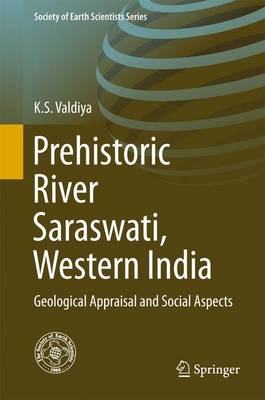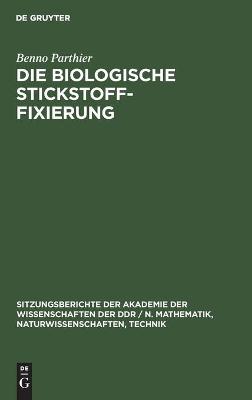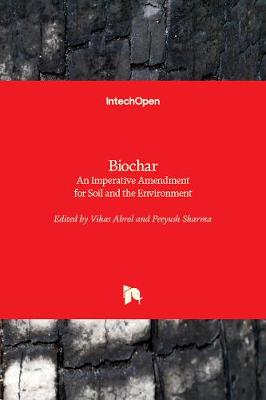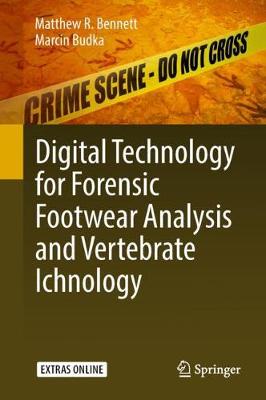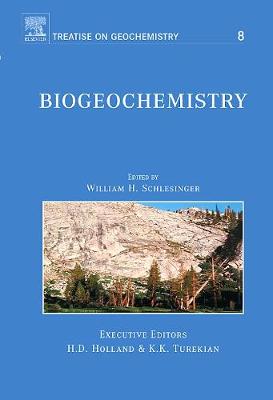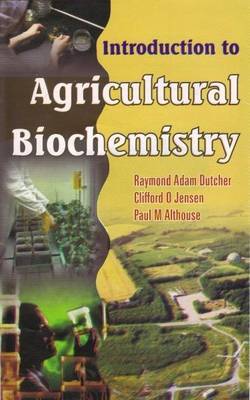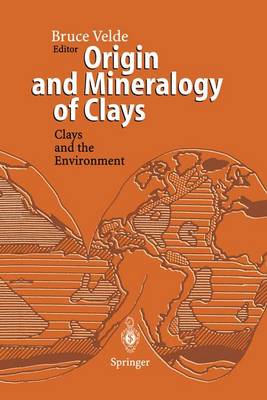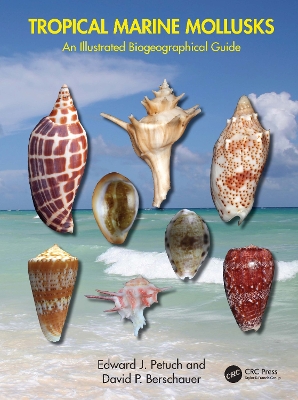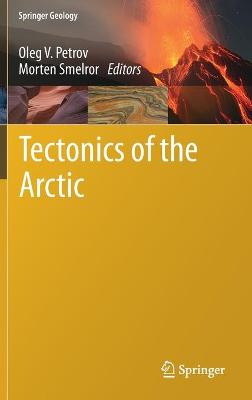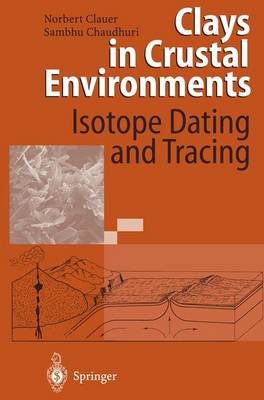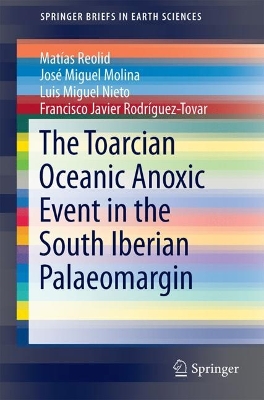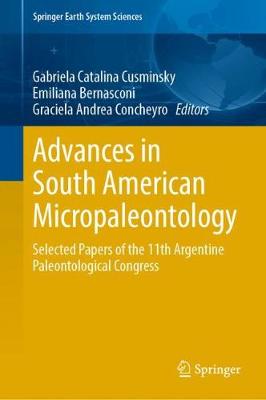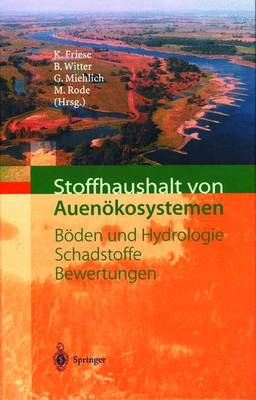Prehistoric River Saraswati, Western India (Society of Earth Scientists)
by K. S. Valdiya
This book portrays the Himalayan-born River Saraswati, a legendary river that was the lifeline of a progressive and vibrant society for more than three thousand years. Written in simple language and richly illustrated, it highlights the events that resulted in the robbing of the Saraswati of its water and the end of a wonderful culture. The author weaves a geological narrative out of a mass of data generated by explorers, archaeologists, sedimentologists, geohydrologist, seismologists and remote...
Advanced Laboratory Stress-Strain Testing of Geomaterials
by Fumio Tatsuoka, Satoru Shibuya, and R. Kuwano
Biochar
Digital Technology for Forensic Footwear Analysis and Vertebrate Ichnology
by Matthew R. Bennett and Marcin Budka
“There is no branch of detective science which is so important and so much neglected as the art of tracing footsteps. Happily, I have always laid great stress upon it, and much practice has made it second nature to me.” Sherlock Holmes, Study of Scarlet. Despite the fictional nature of Sherlock Holmes this statement rings true today. The study of footwear is neglected in modern forensic practice and does have much to offer. What it needs is an injection of technology and modern analytical to...
Contaminants in Soil (Environment Agency Science Report)
Biogeochemistry
For the past 3.8 billion years, the geochemistry of the Earth's surface - its atmosphere, waters and exposed crust - has been determined by the presence of biota. Photosynthetic organisms exposed the Earth's surface to oxygen, denitrifying bacteria have maintained the nitrogen concentration in Earth's atmosphere, and land plants have determined the rate of chemical weathering. Life determines the global biogeochemical cycles of the elements of biochemistry, especially C, N, P and S. Volume 8 tra...
Introduction to Agricultural Biochemistry
by Raymond Adam Dutcher, Clifford O. Jensen, and Paul Althouse
Marine biogeography, the study of the spatial distribution of organisms in the world’s oceans, is one of the most fascinating branches of oceanography. This book continues the pioneering research into the distributions of molluscan faunas, first studied by biologists over 160 years ago. It illustrates 1778 species of gastropods in full color, many of which are extremely rare and poorly known endemic species that are illustrated for the first time outside of their original descriptions. The spa...
Tectonics of the Arctic (Springer Geology)
The book gives an overview of the tectonic, geological, potential fields, etc maps of the Arctic that were compiled during geological and geophysical studies conducted in the Arctic over the past 15 years under the International project “Atlas of Geological Maps of the Circumpolar Arctic at a scale of 5M” and presents the results of geological, geophysical, paleogeographic and tectonic studies carried out in the Arctic Ocean and the Eastern Arctic during the implementation of national mapping an...
Clay minerals form in a wide variety of crustal environments, e.g. in soil profiles, in sediments at the surface and in deeply buried sedimentary deposits, and under regional, contact and hydrothermal metamorphism conditions. The book provides information about the dynamics of isotope systems in clays and helps us to understand the physical and chemical parameters in the transfer of masses within the crustal domain. Written for graduate students taking courses in sedimentary geochemistry, clay m...
This book presents the first overview of the Toarcian Oceanic Anoxic Event in the southern Iberian paleomargin, in the western Tethys. The study of catastrophic events that affected the ecosystems in the past is of great interest, because it offers the possibility of establishing models that can be applied to current and future environmental changes. The book provides comprehensive information on the changes in marine ecosystems in connection with a global massive extinction, the Early Toarcian,...
Advances in South American Micropaleontology (Springer Earth System Sciences)
This book offers many examples of calcareous microfossils and describes a new microfaunistic record in Argentina. These selected papers of the 11th Argentine Paleontological Congress include micropaleontological studies on material of different geological ages from several sites in Argentina and Colombia. The authors highlight several geological findings and explain the paleoenvironmental changes in Argentina and Colombia.
Die Herausgeber präsentieren aktuelle Untersuchungen an Auen deutscher Flüsse. Den geographischen Schwerpunkt der Untersuchung bilden dabei die Elbe und ihre Nebenflüsse. Jedoch fanden auch Ergebnisse von Rhein und Oder sowie einiger anderer kleinerer Flußläufe Eingang in die Untersuchung. Folgende Themen werden dabei behandelt: - Eigenschaften und Hydrologie von Auenböden - Rezente Einträge in Auen - Verteilung und Verhalten organischer und anorganischer Schadstoffe - Modellierung - Management...
Facets of Modern Biogeochemistry
Scientists who have had the opportunity of being associated with Professor Egon T. Degens, to whom this Festschrift is devoted, have been influenced by his ideas on subjects as varied as: extraterrestrial organic matter, origin of life, evolution of organisms, isotope biogeochemistry down to more imminent ones such as the carbon cycle and its implications on climate. This variety is also reflected in the papers in the present volume contributed by colleagues who have known Egon or have worked wi...
